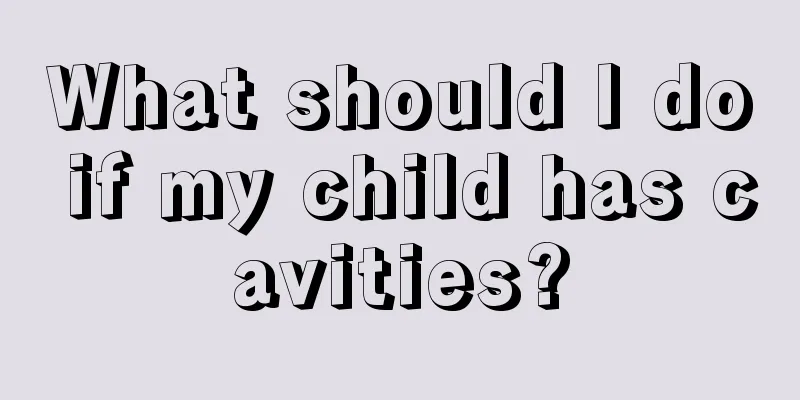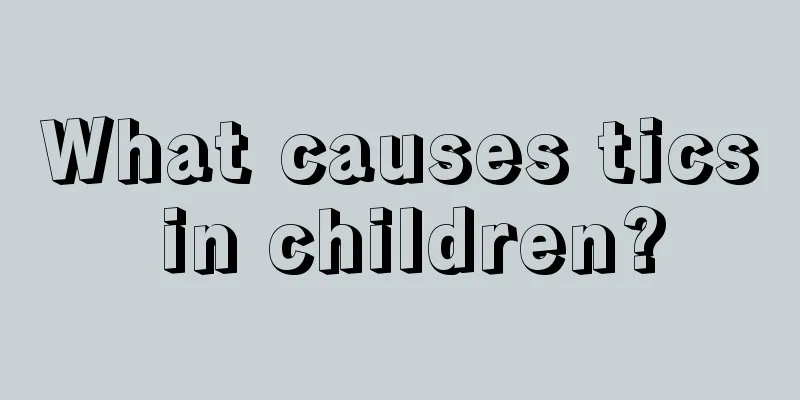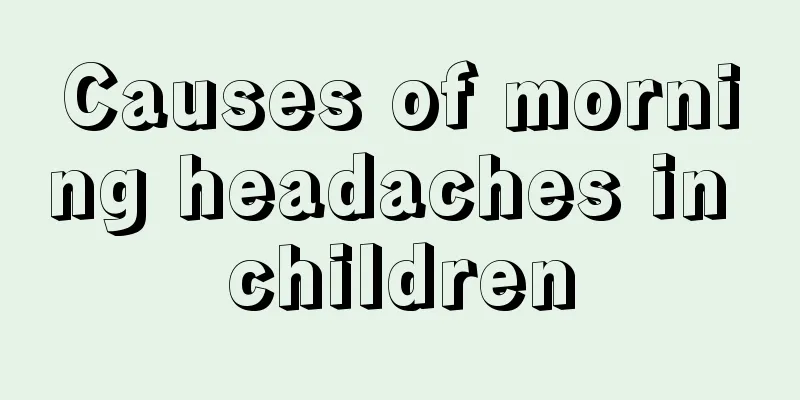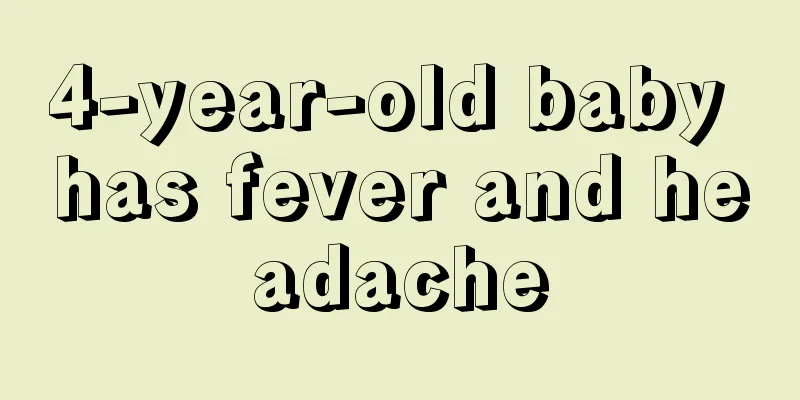Can I turn on the air conditioner when my child has a high fever?
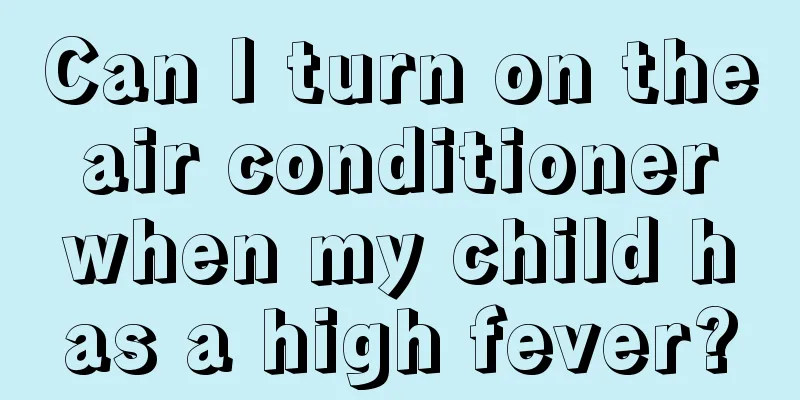
|
It is okay to turn on the air conditioner when a child has a fever, but the air in the room will become very dry after turning on the air conditioner, so you must let your baby drink more water at this time. Drink more water than you normally would if you had a fever. Although the air conditioner is on, the air in the room still needs to be kept unobstructed to ensure air flow. When children have a fever, they should not wear too many clothes, as this will affect their sweating and their mood. Can I turn on the air conditioner when my baby has a fever? It can be turned on, but the temperature should be around 27 degrees, and the air conditioner should not blow directly onto the baby. If your baby's fever is above 38.5 degrees, you must go to the hospital immediately without any delay. Give your baby plenty of warm water. Generally speaking, when a child's body temperature is lower than 38.5℃, you don't need to use antipyretics. It is best to drink more boiled water and pay close attention to changes in the condition, or use physical cooling methods. If the body temperature exceeds 38.5℃, you can take antipyretics, but they must be used under the guidance of a pediatrician. A cold often causes a fever for 2 to 4 days, during which time the body temperature will fluctuate. Parents do not need to worry too much if the child is in good spirits and eats and sleeps normally. However, if infants and young children cry constantly, have poor reactions, have a persistent high fever, or even have convulsions, they should seek medical attention as soon as possible. Common colds and fevers are mostly caused by viruses and should be treated mainly symptomatically. Antibiotics and anti-inflammatory drugs should not be abused. Three key points for baby fever care Many parents panic when they see their children have a fever, fearing that the fever will damage their brains. In fact, a baby's fever is not necessarily a bad thing. Fever is caused by the rapid increase in white blood cells in the body to devour the bacteria and increased oxygen consumption after the body is invaded by viruses or bacteria. When fever occurs, the body's immune function is significantly enhanced, which is conducive to clearing pathogens and promoting recovery from the disease. It is a manifestation of the body's resistance to disease and is also the process of autoantibody formation. Therefore, Director Xu said that when a baby has a fever, the key is to find out the cause of the child's fever. If the fever is just caused by a cold, care becomes particularly important. 1. Drink more warm water For children with fever, the first thing is to ensure that they have enough water, because fever will consume a lot of water and the body will sweat a lot. If there is not enough water, it will affect the excretion of toxins in the body, so it is necessary to feed water frequently. Therefore, when children have a fever, let them drink more warm water to increase the excretion of metabolic waste and keep the nasal mucosa moist, which is helpful in preventing respiratory diseases. But one thing that must be emphasized is that beverages cannot replace boiled water. When you sweat a lot, you can slightly increase your salt intake. 2. Avoid "covering sweat" Some parents believe that when children have a fever, they should wear more clothes and cover themselves more to "sweat". However, this will not only fail to reduce the temperature, but will cause the child's body temperature to rise suddenly, and even cause high fever convulsions. Because children's sweat glands are underdeveloped, it is difficult to achieve the purpose of "sweating" by "covering the sweat". Therefore, children with fever should wear less clothes to promote heat dissipation. After sweating, wipe it dry immediately to avoid catching a cold again. 3. Warm water bath Children's skin is thin and tender, with abundant subcutaneous blood vessels. When they have a fever, physical cooling methods such as warm water baths and external application of fever patches can be used. When giving your child a warm bath, the water temperature should be between 35℃ and 40℃. When taking a sponge bath, you should rub the skin all over your body, and be careful to apply force evenly. You can also use massage techniques to stimulate the passive expansion of blood vessels and promote the dissipation of heat. Rub on the head, neck, armpits, chest, groin and other areas with rich blood vessels and stay there for a little longer to help dissipate heat. Rub on limbs and back for 3-5 minutes each. When giving a bath, you should be careful to avoid being exposed to wind and cold. After the bath, wrap the baby with a large towel and give the baby more warm water. |
<<: What should I do if my child has a high fever of 39 degrees?
>>: What are the effects of gastric lavage in children?
Recommend
What causes ringworm on children's faces?
Newborn babies generally have poor resistance and...
The reason why the child suddenly fainted is
Many people have experienced dizziness after stan...
Is learning abacus good for children?
During the period of growth and development, chil...
Methods for clearing away heat and detoxification for children
I believe everyone knows the importance of cleari...
What to do if your child has a hole in his tooth
Holes in young children's teeth are mostly ca...
How to make children's knee pads
In our lives, many babies fall while learning to ...
What are the symptoms of dysphagia in babies with cerebral palsy?
Children with cerebral palsy need multi-faceted t...
What is the cause of the heart murmur in the newborn baby?
When we check the child's heart, whether the ...
Why don't children grow taller?
Whether children can grow taller must be an issue...
What should we do if primary school students have myopia?
Myopia in primary school students is a headache f...
Ear deformity in children
Due to various reasons, modern people are very li...
What are the symptoms of diarrhea in newborns?
The problem of neonatal diarrhea is a phenomenon ...
What to do if your baby is allergic to milk
Milk is rich in animal protein. Drinking a glass ...
How to conduct cognitive training for children with autism?
Autism is a common disease nowadays. Children wit...
How to deal with foreign matter in baby's eyes
Eyes are the windows to the soul. For every newbo...
